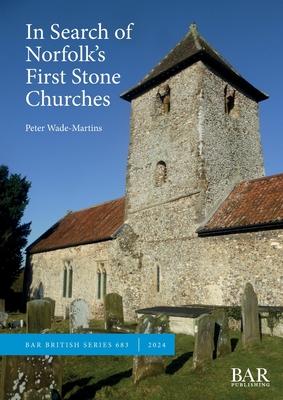This work takes a fresh look at the evidence for early church building in Norfolk, focusing particularly on how locally available stone and the materials from ruined Roman buildings were reused in Norfolk's first stone churches. The author first identifies the stones and Roman materials used in early church buildings before limestone ashlar was readily available. A second section reviews and presents survey results from more than 650 churches in the county. Finally, the author presents an illustrated catalogue of the study sites which will serve as a foundational reference for any researcher interested in Norfolk's ecclesiastical and architectural history. As a result, Wade-Martins revolutionises our understanding of early church buildings in the county, identifying many early buildings which were not previously recognised.

In Search of Norfolk's First Stone Churches: The use of ferruginous gravels and sands and the reuse of Roman building materials in early churches
This work takes a fresh look at the evidence for early church building in Norfolk, focusing particularly on how locally available stone and the materials from ruined Roman buildings were reused in Norfolk's first stone churches. The author first identifies the stones and Roman materials used in early church buildings before limestone ashlar was readily available. A second section reviews and presents survey results from more than 650 churches in the county. Finally, the author presents an illustrated catalogue of the study sites which will serve as a foundational reference for any researcher interested in Norfolk's ecclesiastical and architectural history. As a result, Wade-Martins revolutionises our understanding of early church buildings in the county, identifying many early buildings which were not previously recognised.